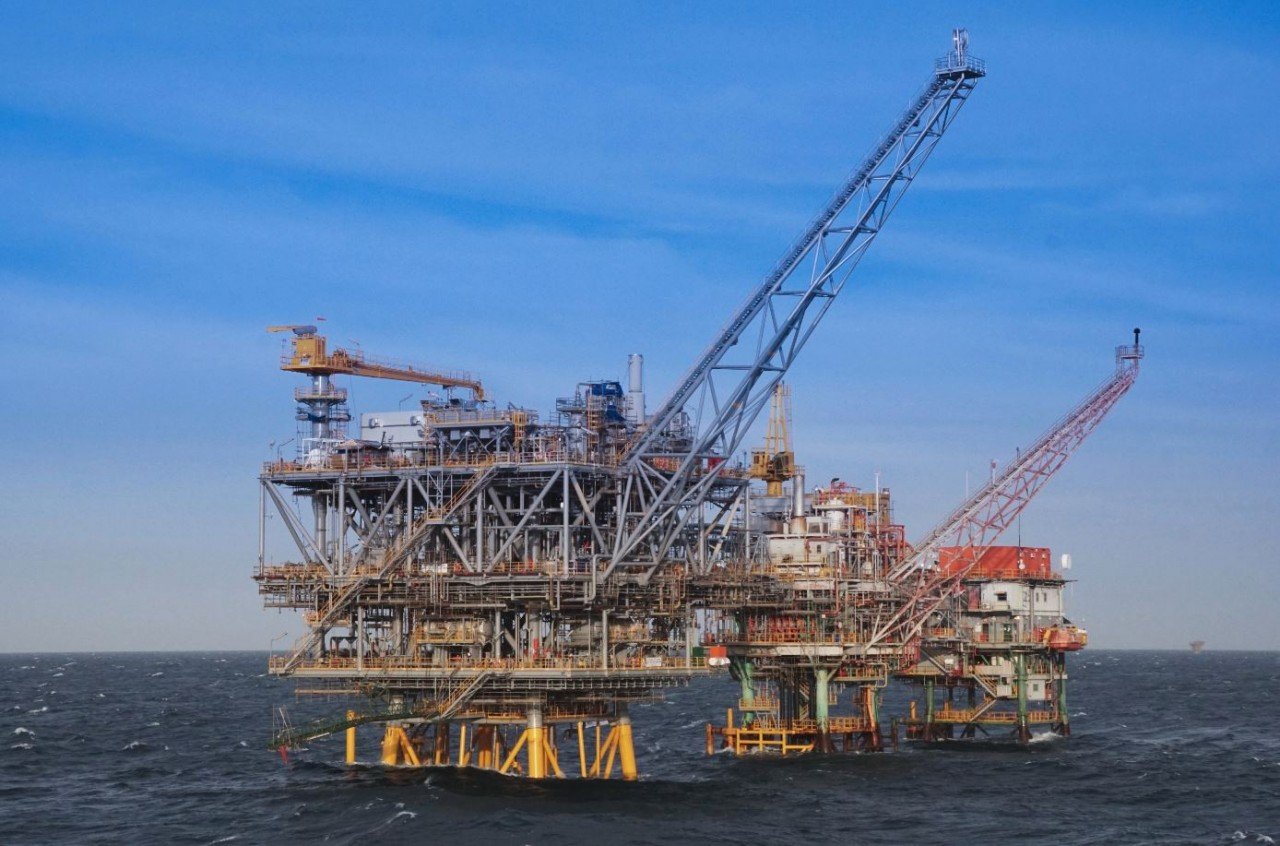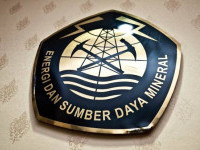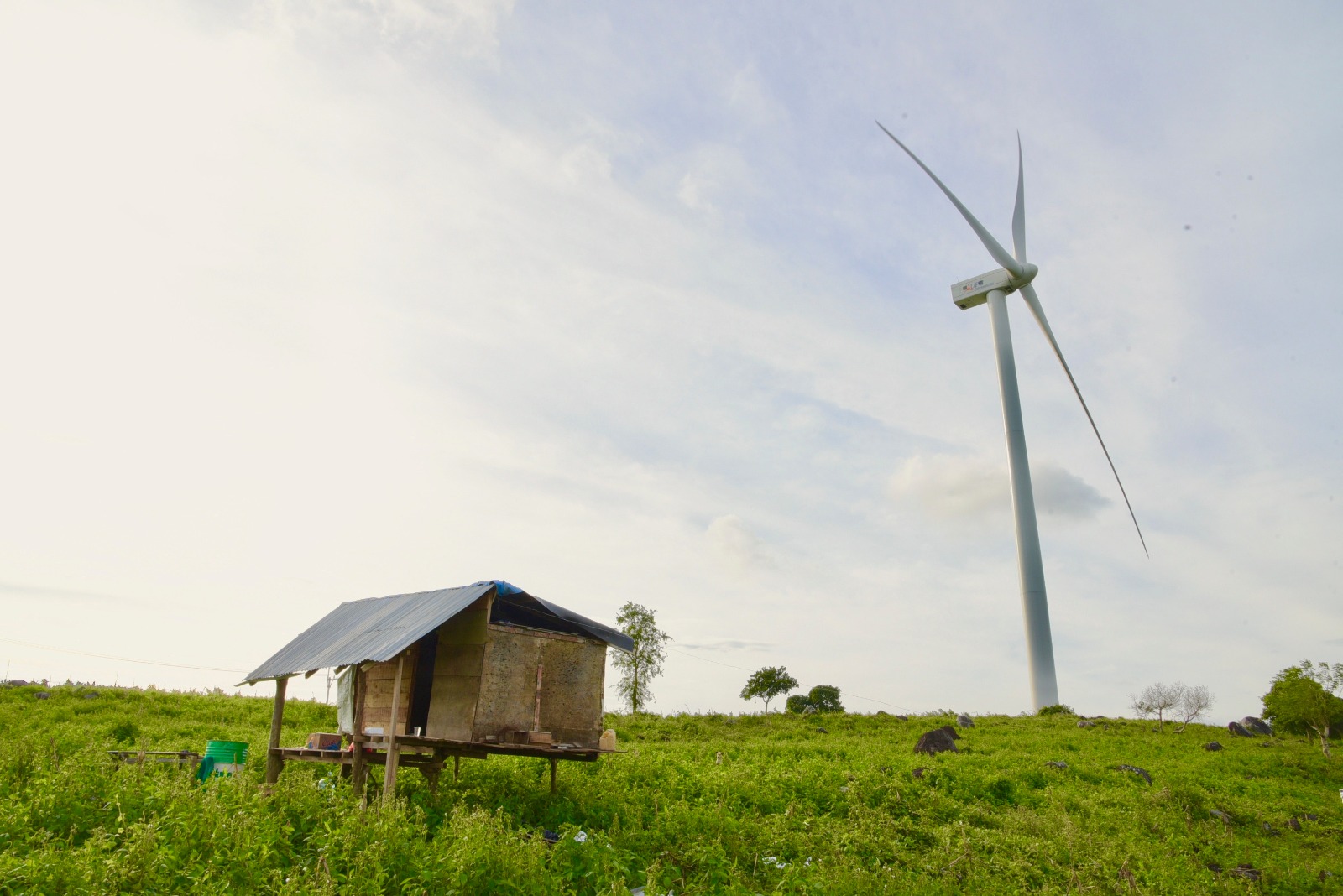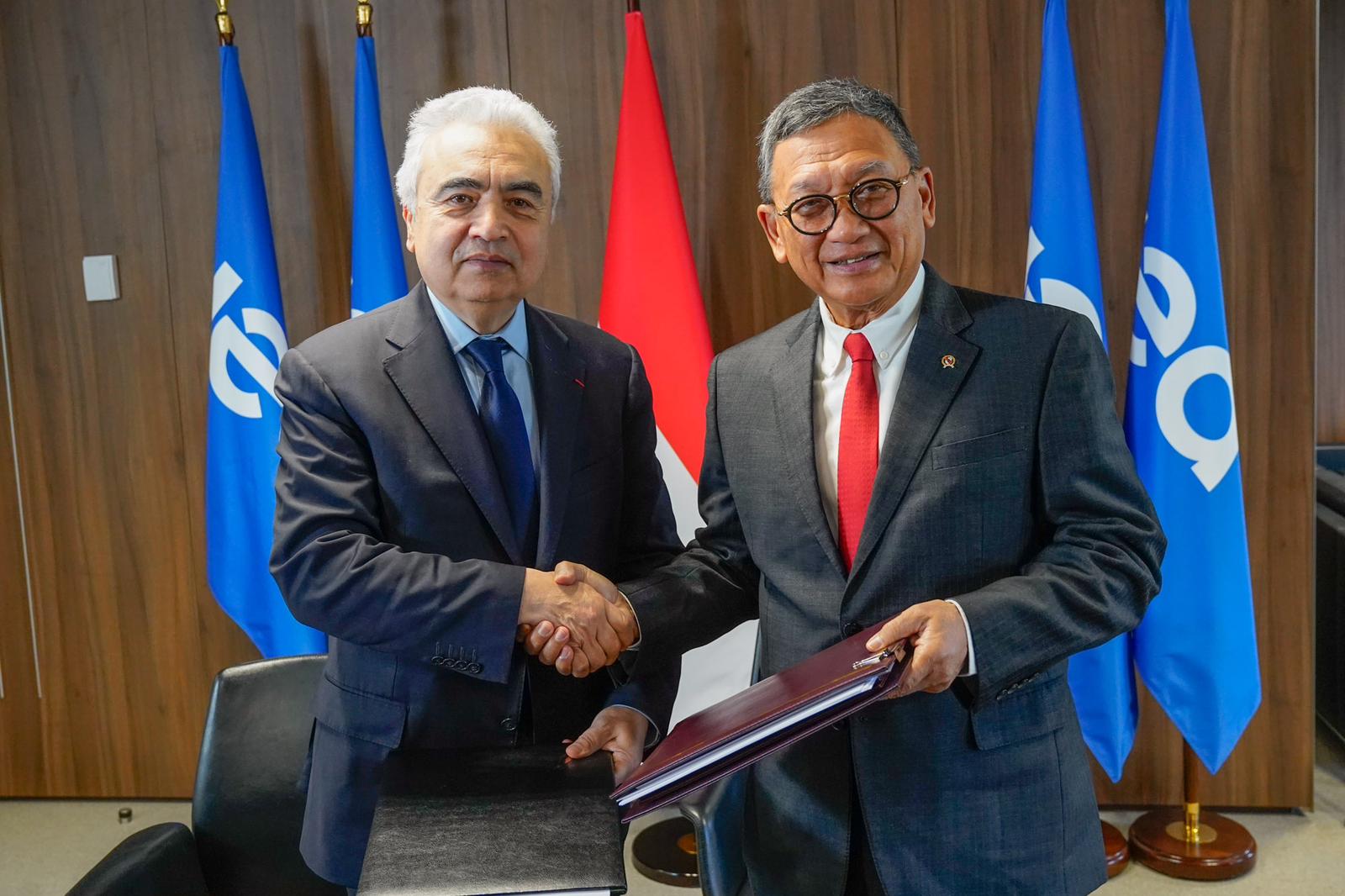
Upstream Oil and Gas Sector Plays a Double Role amid Climate Change, Says Director General
MINISTRY OF ENERGY AND MINERAL RESOURCES
REPUBLIC OF INDONESIA
PRESS RELEASE
NUMBER: 364.Pers/04/SJI/2021
Date: 14 October 2021
Upstream Oil and Gas Sector Plays a Double Role amid Climate Change, Says Director General
The Ministry of Energy and Mineral Resources (EMR) pays serious attention to the efforts to reduce carbon emission in the upstream oil and gas subsector. However, the ministry also directs attention to the target to increase oil and gas production aimed at ensuring the national energy resilience and reducing dependence on import.
"We try to strike a balance between production addition and carbon emission reduction," said Director General of Oil and Gas, Tutuka Ariadji, in a webinar celebrating the 20th anniversary of the establishment of the Human Resource Development Agency of EMR held on Wednesday (13/10).
Tutuka went on to say that the government has set a target to increase oil production to 1 million barrels per day (bopd) and gas production to 12 million standard cubic feet per day (MMscfd) by 2030. "Giving consideration to climate change caused by carbon emission, we will adopt Carbon Capture, Utilization, and Storage (CCUS) at (oil and gas) fields with high CO2 content," Tutuka asserted.
In Indonesia, the capacity to store CO2 totals 1.5 giga metric tons of CO2 in depleted oil and gas reservoirs that have so far been identified. For this reason, the government has mapped the locations to implement CCUS. "There are several capacity data and initial implementation studies carried out the oil and gas industry," added Tutuka.
Tutuka spelt out the six CCUS projects currently under study.
First, Gundih project which is a development between ITB, J-Power, and Janus.
Next, Sukowati CO2-EOR project by PT Pertamina EP in collaboration with Japex and Lemigas.
The implementation of CCSU and EOR is currently studied at Limau Biru field by Japex and Lemigas, who are also involved in the MRV methodology project.
The other two projects are Sink Match project by ITB and Janus, and a CCUS project at Tangguh by BP Berau Ltd. and ITB.
"Of the three CCUS projects at Gundih, Sukowati, and Tangguh, we hope we can store 50 million metric tons of CO2," said Tutuka.
The government's next strategy is to encourage the upstream oil and gas industry to maximize energy efficiency, including reducing flaring and venting. "The Ministry of EMR has issued ministerial regulations on both the technical and commercial aspects of these issues," said Tutuka.
Still, another strategy developed is to implement carbon cap and trade as well as promote carbon offsetting. "So, we can engage in carbon trade, but we must have the rules," Tutuka concluded. (IY)
Head of Bureau of Communication, Public Information Services, and Cooperation
Agung
Pribadi (08112213555)
Share This!



